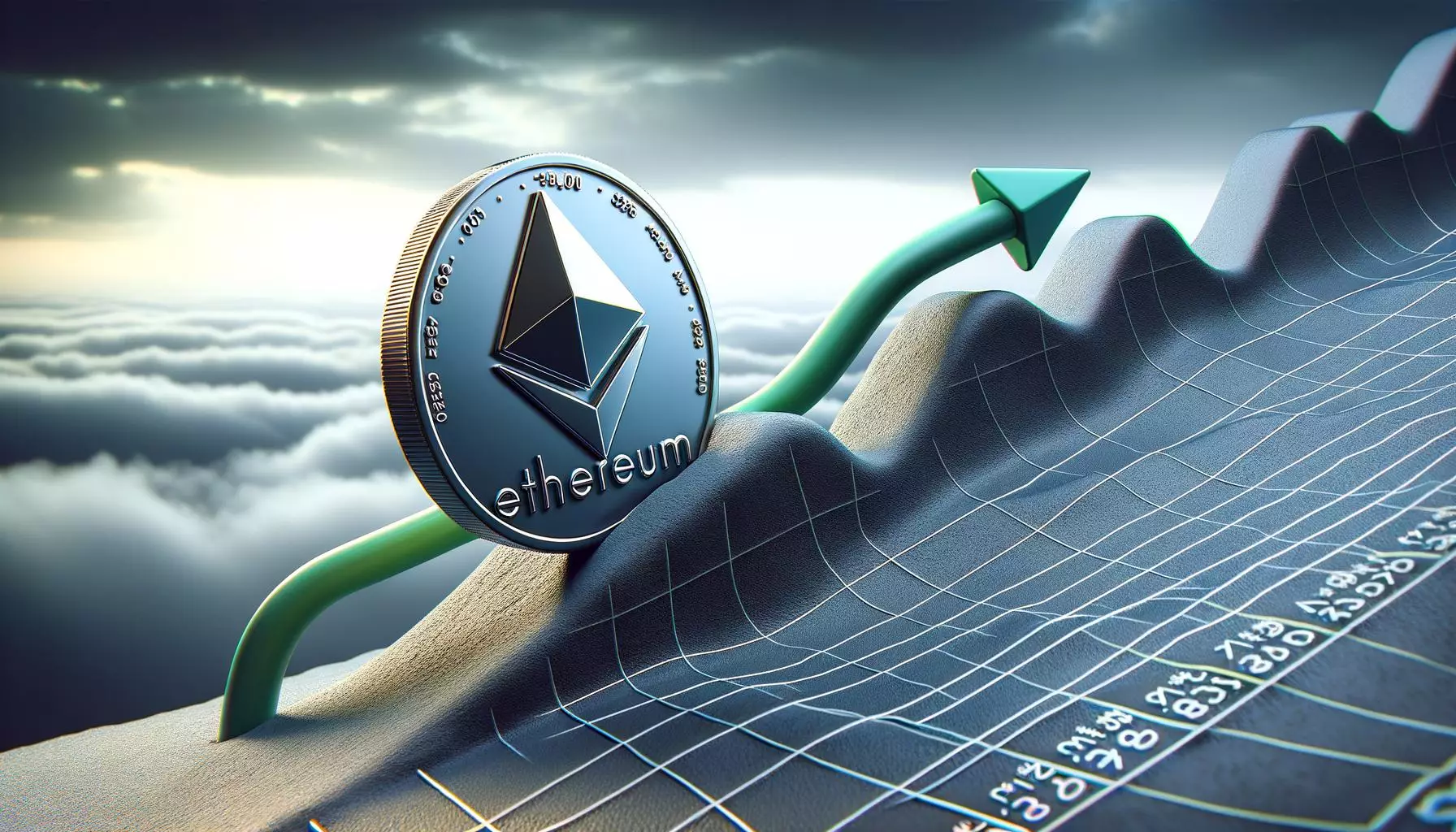In today’s rapidly evolving blockchain landscape, Ethereum and Solana stand as titans in the realm of smart contracts. Both platforms have carved their niches, each boasting distinct advantages and drawbacks. However, as the founder of EigenLayer, Sreeram Kannan, articulates, Ethereum may have the upper hand when it comes to stability and programmability despite facing obstacles such as scalability and high gas fees.
Ethereum’s commitment to decentralization and stability presents a compelling case for its superiority over Solana, according to Kannan. While Solana has gained significant traction since its inception, capturing a notable share of the market with its speed and lower latency, it arguably sacrifices fundamental aspects that underpin a more robust blockchain ecosystem. Kannan’s claims are rooted in the philosophical underpinnings of these platforms: Ethereum prioritizes a solid foundation that enables programmability and ensures security, while Solana emphasizes rapid transactions.
The statistics back up Kannan’s assertions. With over $12 billion in assets managed through EigenLayer on Ethereum, the platform continues to attract substantial liquidity. This demonstrates that investors and developers alike have faith in Ethereum’s ability to maintain and grow its ecosystem. The recent advancements in rollups have further enhanced Ethereum’s performance, facilitating faster and more efficient transactions by batching them off-chain before posting to the main chain.
Challenges Faced by Solana
Despite Solana’s advancements, its approach to scalability presents inherent challenges. Solana is building a global state machine aimed at optimizing its operations, yet, as Kannan highlights, this comes with unavoidable compromises—weighed heavily on programmability and verifiability. The ability to develop complex smart contracts is essential for many use cases in decentralized finance (DeFi) and beyond, and any platform that minimizes this capacity may limit its appeal to developers seeking to create innovative applications.
Furthermore, Solana’s technological framework, while efficient, has been prone to outages that have raised concerns about its reliability. These issues starkly contrast with Ethereum’s methodical evolution bolstered by a robust ecosystem of Layer-2 solutions that enhance its functionality without sacrificing underlying principles.
Ethereum’s Layer-2 ecosystem has emerged as a powerful player in ongoing discussions about scalability and transaction efficiency. As highlighted by Mustafa Al-Bassam, co-founder of Celestia, Ethereum’s rollup ecosystem is unparalleled. Managing over $38 billion in total value locked, with Arbitrum and Base leading the way, these solutions provide a way to alleviate the high gas fees that have plagued Ethereum, therefore attracting continued user engagement.
Interestingly, the advent of Layer-2 solutions has also introduced a new dynamic to Ethereum’s inflationary aspects. Although critical transactions have shifted off-chain, the net effect is a potential decrease in the overall issuance of ETH. This adjustment can impact ETH’s long-term value proposition and investor sentiment. Additionally, while developments like the Dencun upgrade aim to make Layer-2 transactions more appealing, the challenge remains for ETH as it wrestles with the balance between utility and supply.
The ongoing battle between Ethereum and Solana ultimately comes down to user philosophy and intended use cases. Ethereum’s unwavering dedication to decentralization positions it favorably for applications that demand high security and programmability, establishing it as the network of choice for long-term innovators. In contrast, Solana appeals to those prioritizing speed and lower transaction costs—qualities that may serve as a double-edged sword in the quest for stability and programmability.
While both platforms present exciting possibilities, Kannan’s advocacy for Ethereum underscores the importance of foundational principles in blockchain development. As the landscape continues to shift, developers and users will need to consider what aspects they value most in a platform—speed and efficiency or stability and programmability. With each network carving paths that reflect their philosophies, the future of smart contracts will likely see a remarkable blend of both approaches, driving innovation and growth in unforeseen ways.
















Leave a Reply